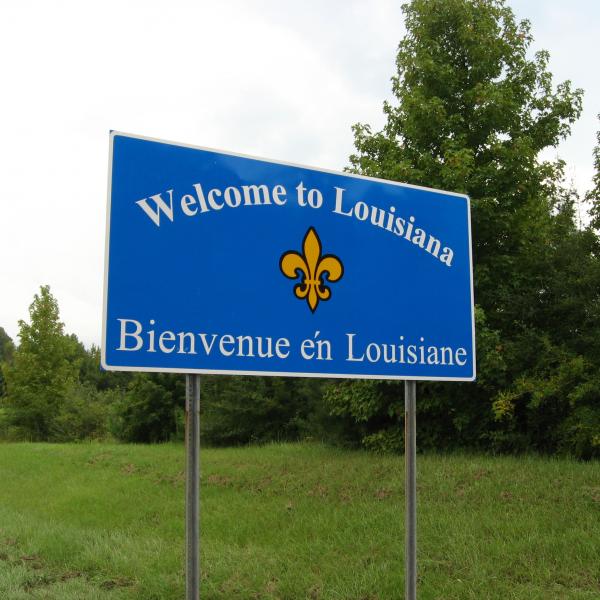I find 19th Century American transportation history particularly interesting. Perhaps this is because I teach in Utah, where the “Last (Golden) Spike” of the Transcontinental Railroad was driven, or perhaps this is because I am an oddity. In any case, at the beginning of Professor Burke’s overview of jazz on Thursday morning, he mentioned that in the 1920s jazz spread from New Orleans to Chicago and then out to the rest of the world. More specifically, he credited ‘everyone’ with saying that “jazz moved up the river to Chicago” but then commented that he does not understand why ‘everyone’ says this because one cannot actually get from New Orleans to Chicago by river “unless you use various tributaries in Iowa.” If what Professor Burke meant was that one cannot get from New Orleans to Chicago using only the Mississippi River, then what he said was true. If he meant what he said about there not being a direct river route from New Orleans to Chicago without needing to use numerous tributaries in Iowa, however, then that is something I will disagree with (unless I misunderstand the confirmatory research I just did). How to get by river from New Orleans to Chicago is a fascinating transportation journey (at least, it is fascinating to me and the host of “How The States Got Their Shapes”).
In 1803, Fort Dearborn (now Chicago) was built by the U.S. Government specifically to guard the ‘Chicago Portage’ route that connected the waterways in the Great Lakes system with the Mississippi system. Originally the French were in control of this portage, and “this relatively short portage sparked the imagination of Louis Jolliet who, after passing through this route, exclaimed that it would take a canal across “only a few leagues of prairie” to link the Great Lakes and Mississippi Valley and create a stupendous inland water route through the heart of the continent” (http://www.encyclopedia.chicagohistory.org/pages/993.html). The idea from the very beginning was to create a canal to connect the Mississippi and Illinois Rivers to the Great Lakes, and in 1848 this was accomplished with the Illinois and Michigan (I&M) Canal. The Canal and its inland river connection were revolutionary, especially because they predated railways and were the most effective means of transportation at the time (this was still during the golden age of the Erie Canal). If you also find this interesting, you should watch the series premiere of the History Channel’s new show “How The States Got Their Shapes,” which treats this topic and even adds in some fun facts about flying fish!
Concerning the structure and use of the I&M Canal, says Wikipedia (which I know is not an almighty source, but it had the most succinct description): “The canal was 60 feet (20 m) wide and six feet (2 m) deep, with paths constructed along each edge to permit mules to be harnessed to tow barges along the canal. Towns were planned out along the path of the canal spaced at intervals corresponding to the length that the mules could haul the barges. It had seventeen locks and four aqueducts to cover the 140 foot (45 m) height difference between Lake Michigan and the Illinois River. From 1848 to 1852 the canal was a popular passenger route but this ended with the opening of the Chicago, Rock Island and Pacific Railroad in 1853 that ran parallel to the canal. The canal had its peak shipping year in 1882 and remained in use until 1933. It was replaced by the larger Chicago Sanitary and Ship Canal in 1900 which remains in use.”
Obviously, by the time jazz was spreading in 1920s, there were better modes of transportation between New Orleans and Chicago, and the canal was not being used as much, especially for passengers. However, since it was still in use in 1920 and it can also still be used today, I maintain that there was a way that jazz could spread “up the river to Chicago” from New Orleans without too much difficulty (and that it did)!
-- Danielle Asay



